Tiagabine
Gabitril, Tiagabine (tiagabine) is a small molecule pharmaceutical. Tiagabine was first approved as Gabitril on 1997-09-30. It is used to treat bipolar disorder, epilepsy, and partial epilepsies in the USA. The pharmaceutical is active against sodium- and chloride-dependent GABA transporter 1.
Download report
Favorite
Events Timeline
Commercial
Clinical
Drug
Target
Variants
Financial
Trends
Safety
Events Timeline
5D
1M
3M
6M
YTD
1Y
2Y
5Y
Max
Events
FDA approval date
EMA approval date
Patent expiration date
Study first post date
Last update post date
Start date
Primary completion date
Completion date
Results first post date

Mock data
Subscribe for the real data
Subscribe for the real data
Commercial
Therapeutic Areas
Therapeutic Area | MeSH |
|---|---|
| nervous system diseases | D009422 |
| mental disorders | D001523 |
Trade Name
FDA
EMA
Gabitril, Tiagabine (discontinued: Gabitril, Tiagabine)
Labels
FDA
EMA
Brand Name | Status | Last Update |
|---|---|---|
| gabitril | New Drug Application | 2016-08-06 |
| tiagabine hydrochloride | ANDA | 2023-12-30 |
Indications
FDA
EMA
Indication | Ontology | MeSH | ICD-10 |
|---|---|---|---|
| epilepsy | EFO_0000474 | D004827 | G40.9 |
| partial epilepsies | EFO_0004263 | D004828 | — |
| bipolar disorder | EFO_0000289 | D001714 | F30.9 |
Agency Specific
FDA
EMA
No data
Patent Expiration
No data
HCPCS
No data
Clinical
Clinical Trials
21 clinical trials
View more details
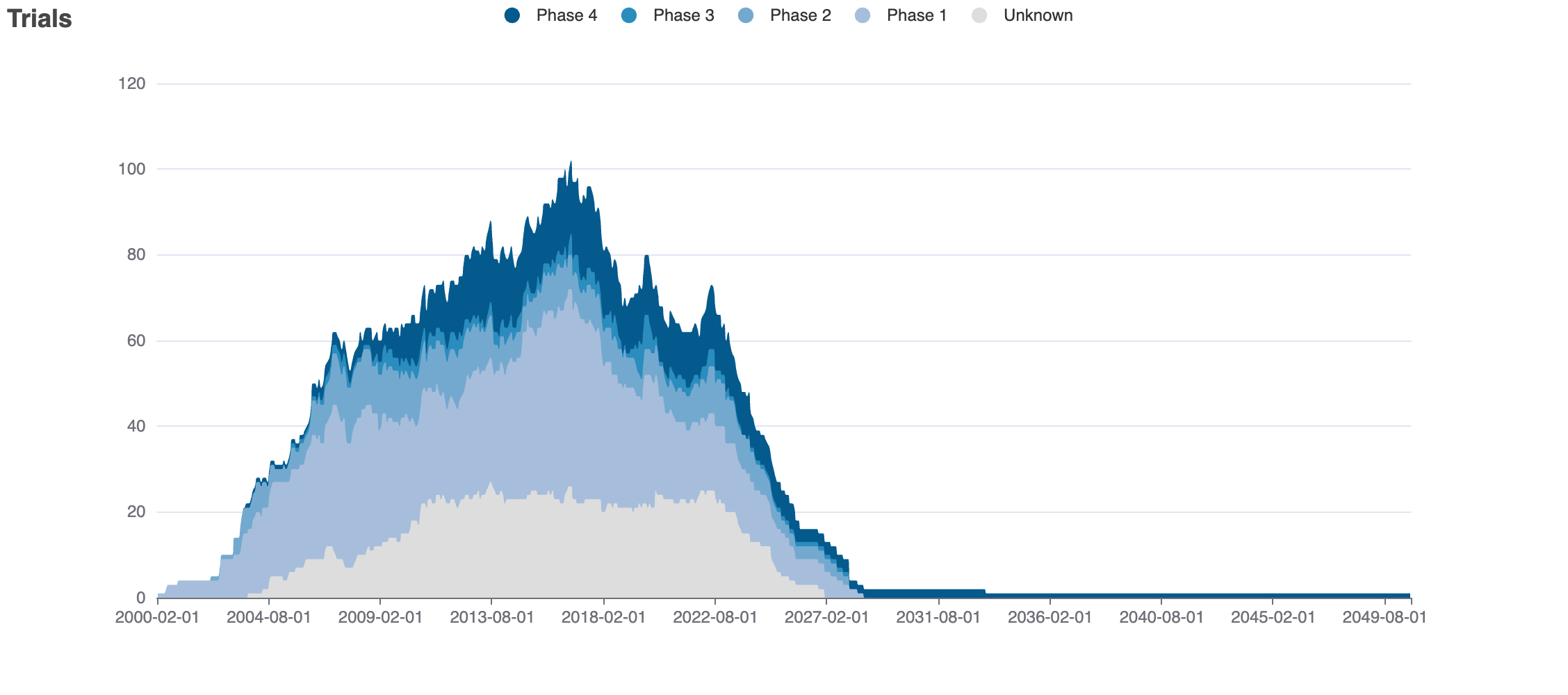
Mock data
Subscribe for the real data
Subscribe for the real data
Indications Phases 4
Indication | MeSH | Ontology | ICD-10 | Ph 1 | Ph 2 | Ph 3 | Ph 4 | Other | Total |
|---|---|---|---|---|---|---|---|---|---|
| Anxiety disorders | D001008 | EFO_0006788 | F41.1 | — | — | 5 | 2 | — | 7 |
| Epilepsy | D004827 | EFO_0000474 | G40.9 | — | — | — | 2 | 2 | 4 |
| Partial epilepsies | D004828 | EFO_0004263 | — | — | — | — | 2 | — | 2 |
| Intellectual disability | D008607 | EFO_0003847 | F73 | — | — | — | 1 | — | 1 |
| Drug resistant epilepsy | D000069279 | — | — | — | — | — | 1 | — | 1 |
| Social phobia | D000072861 | EFO_1001917 | F40.1 | — | — | — | 1 | — | 1 |
| Physiological sexual dysfunction | D012735 | — | — | — | — | — | 1 | — | 1 |
| Anxiety | D001007 | EFO_0005230 | F41.1 | — | — | — | 1 | — | 1 |
Indications Phases 3
Indication | MeSH | Ontology | ICD-10 | Ph 1 | Ph 2 | Ph 3 | Ph 4 | Other | Total |
|---|---|---|---|---|---|---|---|---|---|
| Generalized anxiety disorder | D000098647 | — | — | — | — | 2 | — | — | 2 |
| Schizophrenia | D012559 | EFO_0000692 | F20 | — | — | 1 | — | — | 1 |
Indications Phases 2
Indication | MeSH | Ontology | ICD-10 | Ph 1 | Ph 2 | Ph 3 | Ph 4 | Other | Total |
|---|---|---|---|---|---|---|---|---|---|
| Cocaine-related disorders | D019970 | — | F14 | — | 4 | — | — | — | 4 |
| Glioblastoma | D005909 | EFO_0000515 | — | 1 | 2 | — | — | — | 2 |
| Central nervous system neoplasms | D016543 | — | — | 1 | 2 | — | — | — | 2 |
| Gliosarcoma | D018316 | — | — | 1 | 2 | — | — | — | 2 |
| Brain neoplasms | D001932 | EFO_0003833 | C71 | 1 | 1 | — | — | — | 1 |
| Astrocytoma | D001254 | EFO_0000271 | — | 1 | 1 | — | — | — | 1 |
| Oligodendroglioma | D009837 | EFO_0000631 | — | 1 | 1 | — | — | — | 1 |
| Opioid-related disorders | D009293 | EFO_0005611 | F11 | — | 1 | — | — | — | 1 |
| Obstructive sleep apnea | D020181 | EFO_0003918 | G47.33 | — | 1 | — | — | — | 1 |
| Sleep apnea syndromes | D012891 | EFO_0003877 | G47.3 | — | 1 | — | — | — | 1 |
Show 1 more
Indications Phases 1
Indication | MeSH | Ontology | ICD-10 | Ph 1 | Ph 2 | Ph 3 | Ph 4 | Other | Total |
|---|---|---|---|---|---|---|---|---|---|
| Alcoholism | D000437 | EFO_0003829 | F10.1 | 1 | — | — | — | — | 1 |
Indications Without Phase
Indication | MeSH | Ontology | ICD-10 | Ph 1 | Ph 2 | Ph 3 | Ph 4 | Other | Total |
|---|---|---|---|---|---|---|---|---|---|
| Financial stress | D000086522 | — | — | — | — | — | — | 1 | 1 |
Epidemiology
Epidemiological information for investigational and approved indications
View more details
Drug
General
| Drug common name | Tiagabine |
| INN | tiagabine |
| Description | Tiagabine is a piperidinemonocarboxylic acid that is (R)-nipecotic acid in which the hydrogen attached to the nitrogen has been replaced by a 1,1-bis(3-methyl-2-thienyl)but-1-en-4-yl group. A GABA reuptake inhibitor, it is used (generally as the hydrochloride salt) for the treatment of epilepsy. It has a role as a GABA reuptake inhibitor and an anticonvulsant. It is a piperidinemonocarboxylic acid, a beta-amino acid, a member of thiophenes and a tertiary amino compound. It is functionally related to a (R)-nipecotic acid. It is a conjugate base of a tiagabine(1+). |
| Classification | Small molecule |
| Drug class | gabamimetics |
| Image (chem structure or protein) |  |
| Structure (InChI/SMILES or Protein Sequence) | Cc1ccsc1C(=CCCN1CCC[C@@H](C(=O)O)C1)c1sccc1C |
Identifiers
| PDB | — |
| CAS-ID | 115103-54-3 |
| RxCUI | — |
| ChEMBL ID | CHEMBL1027 |
| ChEBI ID | 9586 |
| PubChem CID | 60648 |
| DrugBank | DB00906 |
| UNII ID | Z80I64HMNP (ChemIDplus, GSRS) |
Target
Agency Approved
SLC6A1
SLC6A1
Organism
Homo sapiens
Gene name
SLC6A1
Gene synonyms
GABATR, GABT1, GAT1
NCBI Gene ID
Protein name
sodium- and chloride-dependent GABA transporter 1
Protein synonyms
GABA transporter 1, solute carrier family 6 (neurotransmitter transporter), member 1, solute carrier family 6 (neurotransmitter transporter, GABA), member 1, Solute carrier family 6 member 1
Uniprot ID
Mouse ortholog
Slc6a1 (232333)
sodium- and chloride-dependent GABA transporter 1 (P31648)
Alternate
No data
Variants
No data
Financial
Revenue by drug
$
€
£
₣
Gabitril – Cephalon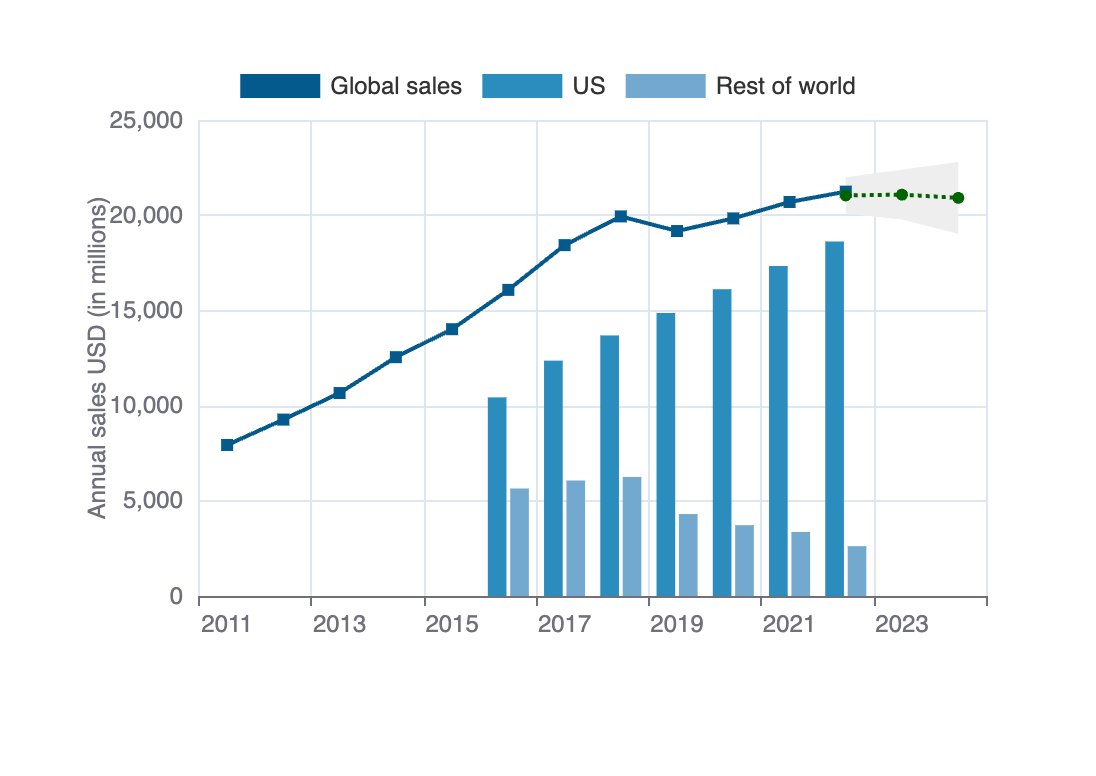


Mock data
Subscribe for the real data
Subscribe for the real data

Mock data
Subscribe for the real data
Subscribe for the real data
Tabular view
Estimated US medical usage
Tiagabine
Total medical expenditures per year (USD, in millions)

Mock data
Subscribe for the real data
Subscribe for the real data
Number of persons purchased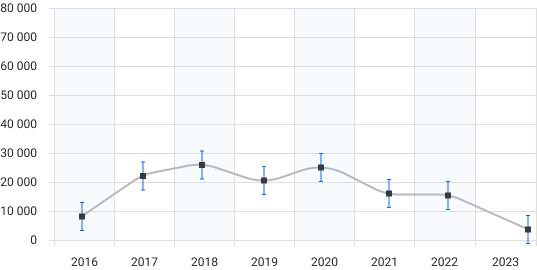

Mock data
Subscribe for the real data
Subscribe for the real data
Number of purchases

Mock data
Subscribe for the real data
Subscribe for the real data
Refill frequency

Mock data
Subscribe for the real data
Subscribe for the real data
Price per prescription (USD)

Mock data
Subscribe for the real data
Subscribe for the real data
Tabular view
Trends
PubMed Central
Top Terms for Disease or Syndrome:
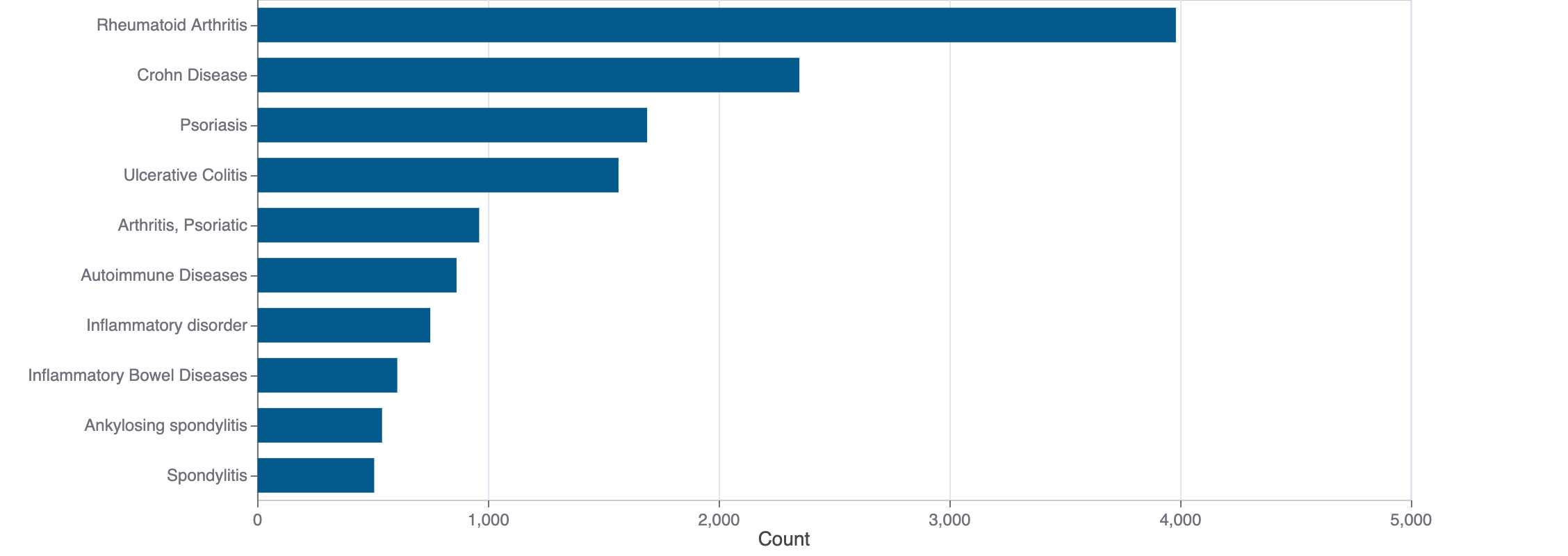
Mock data
Subscribe for the real data
Subscribe for the real data
Additional graphs summarizing 2,557 documents
View more details
Safety
Black-box Warning
No Black-box warning
Adverse Events
Top Adverse Reactions
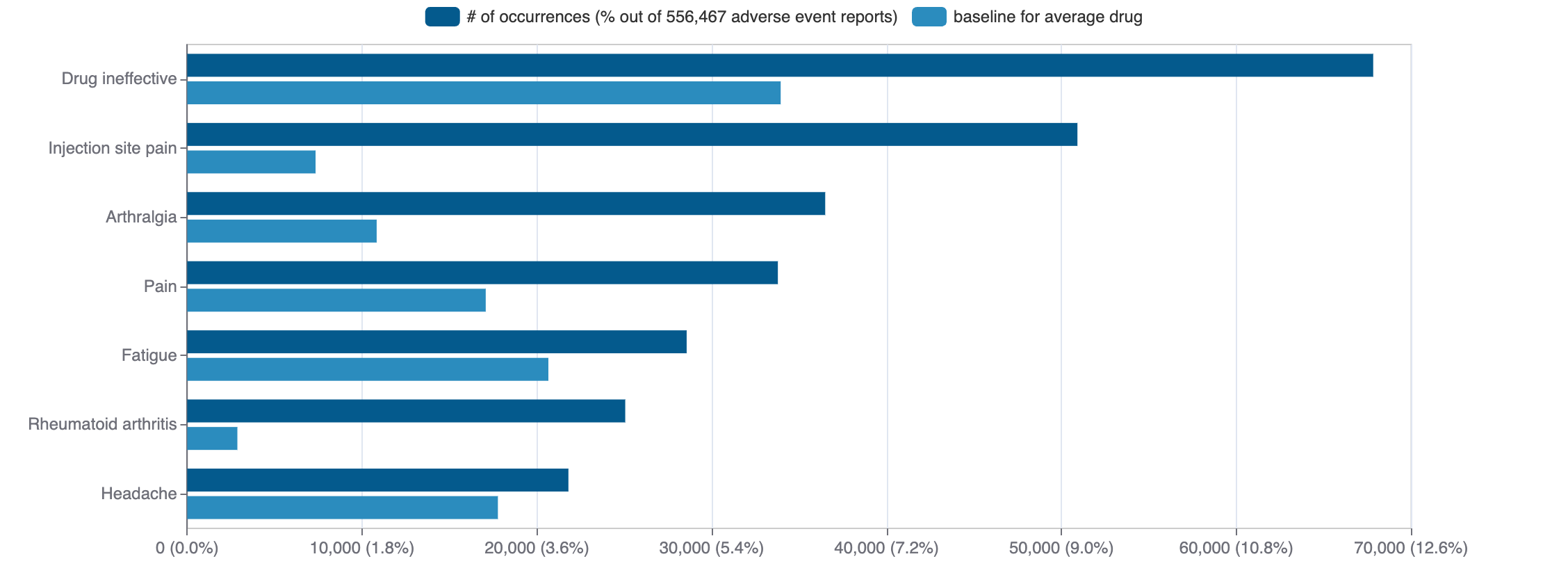
Mock data
Subscribe for the real data
Subscribe for the real data
881 adverse events reported
View more details
© 2020-2025 Collaborative Drug Discovery Inc. (CDD) | Terms of Use